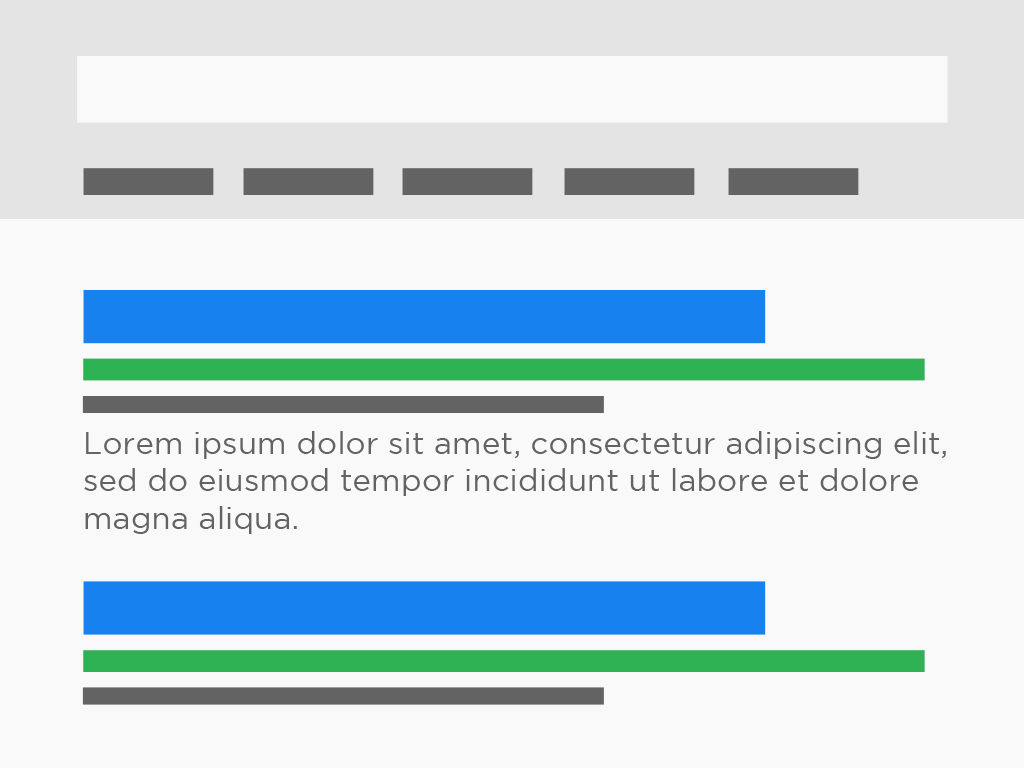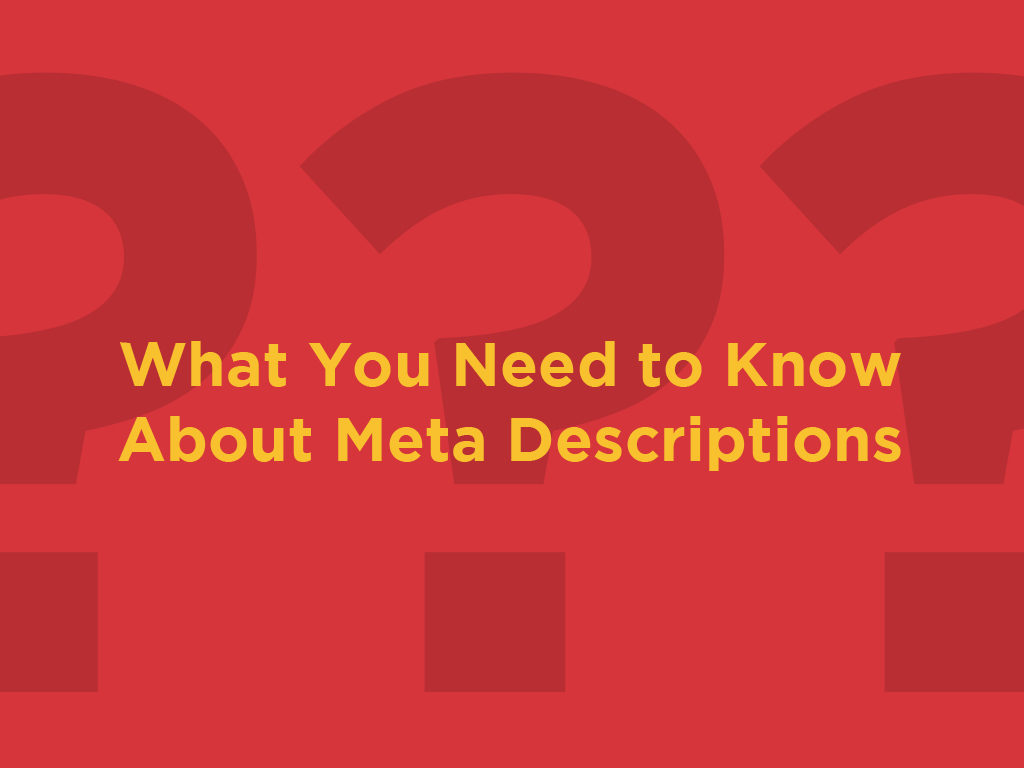REVEALED: How Google Unexpectedly Uses Your Meta Descriptions
Google is the number one authority when it comes to everything Search Engine Optimization – which makes sense because they make the rules. Because of their role in the community, it is a rare occurrence for Google to straight-up talk about how their search engine works – and that’s exactly what they did recently.
Some time ago, Google used DMOZ to replace spammy, low-quality, and off-topic meta descriptions. Since DMOZ closed down, Google encourages webmasters to create their own page’s high-quality meta descriptions. Similarly, Google is doing their part in the overall improvement of meta descriptions by updating the way they render these snippets.
Google values meta descriptions precisely because it helps their users know which web page is the one that they are looking for every time they make a search query. This snippet or meta description also helps YOUR potential visitors to know if your website is the right one for them; the snippet serves as their appetizer before entering your website, and if the appetizer is bad, then you have lost a potential visitor.
Meta Descriptions and How Google Interacts with Them
Meta descriptions are the short snippets you see under the title of a search result. Basically, meta descriptions can be likened to the preface, synopsis, or the prologue of a book which people read to find out if they would like the book (web page) or not.
So, the more descriptive a meta description is, the higher your chances for people to click on your web page, and be satisfied with the contents that they see. Historically, meta descriptions were taken from three sources:
- The content of the web page
- The provided meta description
- DMOZ listings
The content of the web page is often the best source of the meta description; the part that is extracted is usually the most relevant, and it greatly helps the user know what they will see on your page. However, there are instances wherein the content of a page is not the best source for the meta description. Some pages only have images or links that describe the nature of the website or where people can go to if they want detailed information; which does not have any textual content whatsoever. Naturally, no meta description could be gathered on this page, so what is the next best thing? The meta description that was provided by the webmaster.
Meta descriptions should be short sentences that accurately describes the content of the web page. They are often provided by the webmasters, however, there are times wherein it is missing, irrelevant and low-quality. So, what does Google do when this happens? They turn to the DMOZ listings.
For over a decade, Google relied on the DMOZ listings to provide them with high-quality meta descriptions. DMOZ has established their name through their production of meta descriptions that are even better than the ones that the webmasters provided and was more descriptive than the ones found in the content.
Now that DMOZ has closed, Google has encouraged the webmasters to produce quality meta descriptions or if producing meta descriptions is too hard, they can add more meaningful content to their pages.
What You Need to Know About Meta Descriptions
Since we’re done talking about the sources of meta descriptions and how Google interacts with a webmaster’s meta descriptions, it’s time to get into the details.
- A good meta description
- Meta descriptions should be a short pitch to users that will convince them that your page is the one that they are looking for. Basically, a good meta description is a short blurb that describes your page’s content accurately and concisely. It’s also important to remember that both your desktop and mobile pages should both have a title and meta description. If you are having trouble with generating a great meta description, Google has something to help you.
- Common mistakes with meta descriptions
- Meta descriptions are commonly visible through search engines and other software, most webmasters forget about them, and leave the meta description box empty. Another common occurrence is that a single meta description is used on multiple pages of a website. It’s also common that the meta descriptions are low-quality, off-topic, and spammy. These mistakes lessen the search experience of users, that is why Google often ignores these kinds of meta tags.
- Character limit for meta tags
- There is no character limit for meta tags, however, a long meta tag is often cut short to fit the width of the device that is used to view the search results.
- The NOODP robots directive
- This directive prevented Google from using the DMOZ generated meta descriptions, however, DMOZ is already closed, so this directive is now obsolete.
Key Takeaway
Meta descriptions are an essential part of your website’s traffic acquisition, it’s the one that your potential visitors first see regarding your website. So, ever since the closure of DMOZ, Google encourages webmasters to create the perfect meta tag for their web pages.
It’s important for you to remember everything that was mentioned in this article because if you want to create the perfect meta description, the information that I listed down here can definitely help you. Knowing how to generate the perfect meta tags will help you in your venture to attract online traffic, and can also help you improve your website’s conversion rate (if you are running a business website).
What do you think about the effects of DMOZ’s closure? Will this affect the overall quality of meta descriptions? Tell me your opinions in the comments section below.
P.S.
We’re hosting the country’s premier SEO event entitled SEO Summit 2017. SEO experts from around the country – and even overseas will attend the event to improve their understanding of how they can use SEO to grow their businesses and websites. I invite you to attend the event, and I’m sure we’ll be having a blast. Interested? Click here to find out more.


